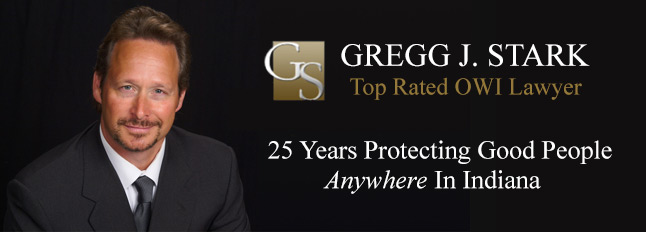Within the realm of discussion of all traffic offenses is inevitably a focus on driving options. Whether it be for employment, education or other required purposes, people quite understandably want to explore all travel options when either facing or enduring a drivers license suspension.
For the purpose of this discussion, the focus will not be upon “Specialized Driving Privileges,” or in other words driving privileges that can now be granted in Indiana for a restricted court ordered purpose for a minimum 6 month duration. For while such privileges will play an important role as an option for those with suspended drivers licenses in Indiana it does not account for individuals residing in counties not inclined to bestow such privileges.
For example, under the state of present law, county judges within each of Indiana’s 92 county jurisdictions are given wide latitude in terms of a willingness to grant such alternative license privileges; and if granted for what duration and under what potentially onerous conditions.
Where one county jurist may be inclined to allow for such a license during the course of an administrative license suspension while a dui case is pending, another judge may preclude such alternatives altogether. Suffice to say a lawyer’s present job in being able to provide uniform counsel to individuals wishing to learn more about (SDP) options will need to be well versed upon the standards for issuance within a given county jurisdiction.
Conversely, whether it be this year or in years past, one recurring uniform question inevitably posed to me is the question of what, if any, types of motor vehicles will be permissible for one to drive who has a present Indiana drivers license suspension.
Through the years armchair lawyers have been quick to offer advice in regard to the potential use of Mopeds, Golf Carts. etc. as a means to circumvent license restrictions. In so doing, good people have sought to resort to unconventional alternatives in order to preserve employment responsibilities, care for children or travel for any other needed purpose.
While the legislature has attempted to address these issues in recognizing the need for a broader allowance for the above referenced specialized driving privileges to be granted by Indiana judges, too many individuals find themselves at the mercy of residing in a county or have their criminal charges brought within a county whose judge is unwilling to comply with the spirit of issuing such privileges in the manner I believe the legislature had intended.
In such cases, many may be unfamiliar with the fact that alternative instruments of travel may exist. For these individuals unaware of such potential options a bicycle has become the tried and true recourse in many circumstances for those without access to public transportation.
Given the reality that certain judges may be unwilling to adapt to specialized driving allowances in the near future, the unfortunate focus must once again be upon what vehicles the state of Indiana will permit to be operated despite various forms of license suspensions.
To better answer this question Indiana has made a distinction between types of motor vehicles that can best enable those suffering from a license suspension to determine potential travel options where a license has otherwise been suspended. By digesting such information, affected citizens can more ably identify vehicles falling under the purview of licensing requirements, and in turn the potential sanctioning jurisdiction of the legal system.
Motor driven cycles in Indiana have been separated into two distinct categories; Class A and Class B.
Class A motor driven cycles cannot be operated by those suffering from a court or bureau ordered license suspension. This category encompasses cycles that do not meet the criteria to be labeled a Motorcycle yet are still deemed too powerful to be operated free from insurance requirements.
The key Class A threshold is the impermissible operation of these cycles that are above 50CC or cubic centimeters. As such, these cycles must have a valid Indiana license with a motorcycle endorsement or learners permit. Such a cycle must be registered and plated as a designated Class A vehicle or cycle.
Although licensing and insurance rules apply, these cycles cannot operate in the same manner as Motorcycles do. For example, although a passenger is permitted, these vehicles must in most instances be operated near the safe right hand edge of the roadway being traveled upon.
Conversely, Class B motor driven cycles offer the last refuge of hope for those seeking transportation alternatives apart from the tried and true bicycle.
If the cycle is 50 CC (Cubic Centimeters) or lower, insurance is not required. Further, even if your license has been suspended, an individual is permitted to secure a Class B endorsement. Although such vehicles cannot carry passengers like a Class A cycle can, it still can operate at a speed limit of 35 mph.
By understanding this cubic centimeter distinction potential motorists will better be able to navigate available transportation alternatives. In so doing, those within Indiana communities either underserved by public transportation and/or unsympathetic judges who are reluctant to grant specialized license privileges may have motorized modes of travel not before contemplated.







